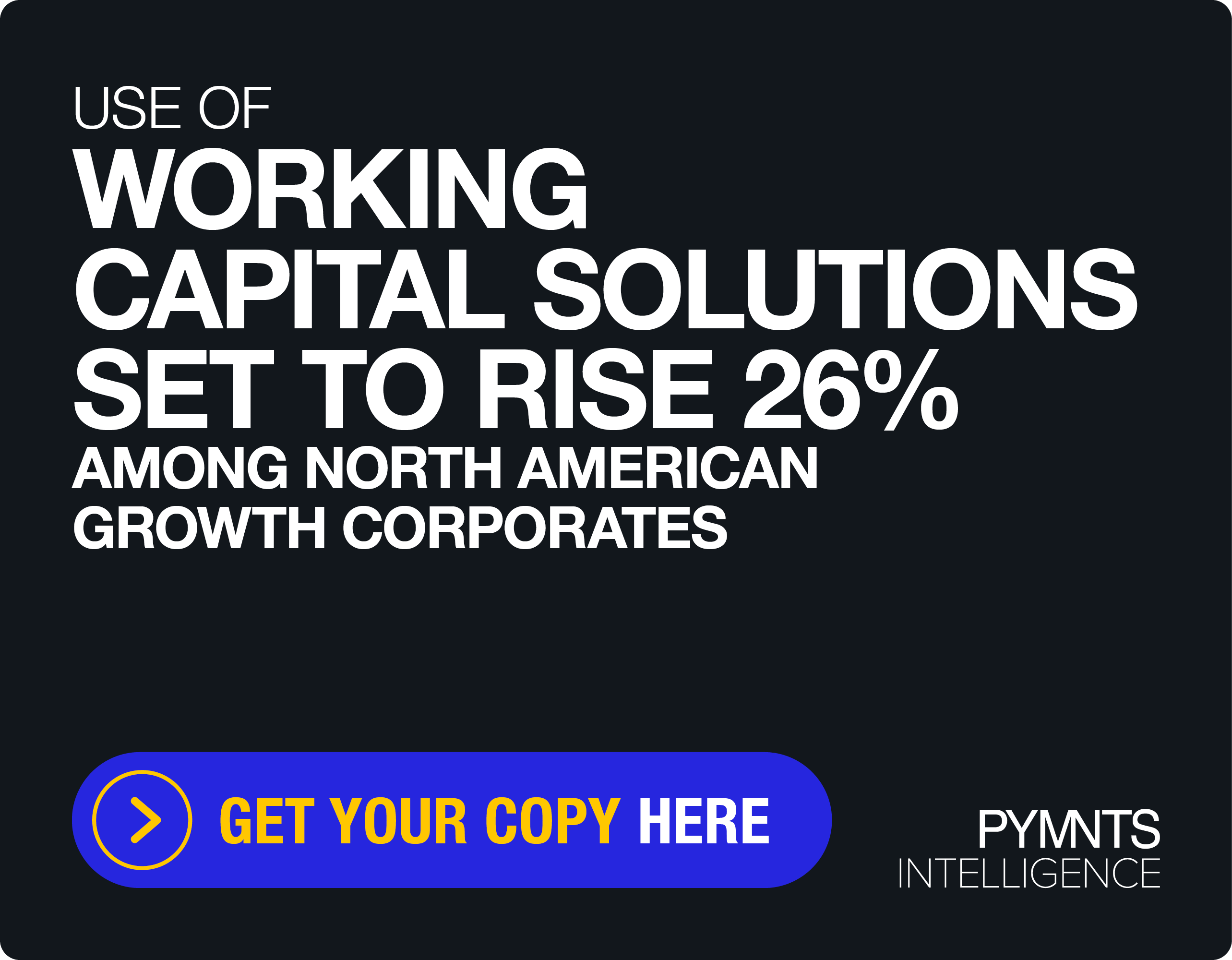Finding The Digital Economy’s Product Market FIT

I was recently asked for my advice on a new B2B network aimed at solving a big problem for a segment of small business sellers. The network was built on the blockchain; the design was very clever, well-developed and thoughtful. The consensus from those asking me about it was that it was a winner.
My feedback was that its success was a longshot, and I was dubious.
My advice had little to do with the tech the team was using, the talent of the team, their passion for finding a solution, the significance of the problem or its clever design. In my mind, the innovation failed to address the three things that any new solution must overcome to deliver a successful and profitable outcome in a timeframe that is relevant for the business:
- Is the Friction big enough to create enough value to sustain a business — and an investment?
- Is that friction big enough to overcome the user Inertia to move away from the status quo?
- Is the Time required of the user to make the change consistent with the timeframe needed to solve their problem — and is the new solution available in a Timeframe that is relevant for the user to gain new efficiencies?
In this case, the friction was big enough to build a new solution to solve. But the solution, as designed, required that all participants — who in this case were both SMBs and multinationals — move to something entirely new and unproven…and all move at the same time. Network economics were still TBD, which was important given the profile of the SMB user. The tech had not been tested at scale, something that the multinationals whose presence was necessary for the SMBs to be interested would need to see. The SMBs who were the target of the innovation — and who were mostly unsophisticated users of technology — had to learn an entirely new system workflow and trust it.
| The FIT framework conveys the complex interdependencies between friction, inertia, and time in identifying, building and scaling innovation. |
I didn’t doubt that seven or so years into the future, this network had the potential to be meaningful, but the SMBs with the problem needed a solution more immediately. I posited that the big risk was the classic challenge of getting an entirely new network off the ground, and that other less complex ways of solving this problem would likely emerge sooner. If that were to happen, the outcome could eliminate or minimize the need for such an innovation — time and technology would have moved on.
My assessment wasn’t just my off-the-cuff reaction. It was based on the framework that I developed three years ago when examining the dynamics associated with the rapid shift to digital by consumers and businesses during the pandemic. I called it the FIT framework to convey the complex interdependencies between friction, inertia, and time in identifying, building and scaling innovation.
Take, for instance, businesses’ move from paper checks to digital in the last several years.
Before the pandemic, making that change was a nice-to-have business objective, but not a sword worth falling on when when CFOs built their budgets.
Priorities shifted once CFOs had to endure the friction of signing checks during the pandemic. One too many trips to the homes of their Heads of AP every week to sign checks at the kitchen table or in their driveways forced a new way of thinking.
Suddenly, the inertia that kept “good enough” in place for years met with a big enough friction, and those controlling the purse strings decided digital was in and paper was out. Ever since, we have seen CFOs accelerate their shift to digital processes, move away from paper checks (although too many of them still remain), rewire the office of the CFO and create new efficiencies.
FIS Gets FIT
As it turns out, the FIT Framework is a useful way of examining the market and competitive dynamics of the broader shift to a digital, connected economy.
The news broke last Friday afternoon that FIS acquired Bond, a FinTech platform that allows businesses to offer branded debit and credit products to their end users. Bond was founded in 2019 by a group of serial entrepreneurs and is reported to have raised $42 million since that time. Neither FIS nor Bond has publicly commented on the news.
What’s been written so far is speculative and fairly basic, recounting details allegedly taken from an internal memo shared with a news outlet and then mostly speculating about the financial circumstances that could have driven the acquisition.
Students of the FIT Framework will see the rationale for this acquisition immediately.
The source of the Friction for FIS seems obvious: an inflexible monolithic core banking platform at risk from the capabilities of incumbent rivals, modern payments players and FinTechs that are all capturing more and more of the payments and banking economics instead of FIS. That friction was felt by FIS as well as by the banks it serves who want access to embedded banking products to better serve their customers.
We also know that there’s nothing like a little competition from every corner of the payments landscape to overcome the Inertia to change.
And there’s nothing like Time when it’s the enemy and not your friend, because moving fast means buying rather than building a nimble, modular, modern, embedded Banking-as-a-Service infrastructure to keep bank customers competitive. And to expand their market opportunity to the FinTechs in search of an embedded banking solution, with the backing of a massive global player with bank relationships that can be leveraged to their advantage.
FIS likely saw in Bond’s tech the ability to power branded embedded banking services at scale, making them available to the customers of the thousands of small banks and credit unions who use the FIS core banking platform. And a whole lot faster and cheaper than FIS could otherwise, even through a partnership with Bond or a similar Banking-as-a-Service FinTech. An acquisition makes Bond an embedded part of the FIS transformation to a modular, agile platform capable of powering a myriad of connected economy use cases using embedded finance.
| Even if businesses strategies are FIT, the business needs to constantly evaluate the dynamic nature of the market and the emerging threats from competitors known and unknown. |
Now the hard work of executing against these capabilities begins. The payments and connected economy landscape is evolving quickly, but incumbents don’t always keep pace, even with fast-moving, hard-charging FinTech entrepreneurs inside of the company leading the race. Part of that pace is set by the requisite compliance, regulation and governance that comes with being a publicly listed company in the payments and banking space. But part of that is also culture and process, basic things like getting access to systems and data and aligning key stakeholder incentives across the organization.
Even if businesses’ strategies are FIT, the business needs to constantly evaluate the dynamic nature of the market and the emerging threats from competitors known and unknown. On Friday, the conversation about FIS was as an “incumbent” bank processor that wants to spin off its merchant business. On Monday, the conversation is about its potential as a global Banking-as-a-Service platform, distributing those services across thousands of banks and FinTechs, at scale.
Not Everything is FIT for Purpose
In retrospect, one could have seen the implosion of Maersk’s TradeLens blockchain Trade Finance network coming, maybe even before it spent many years and hundreds of millions trying to ignite it.
There is no doubt that tracking cargo across the many transportation modalities necessary to deliver a product to a buyer is a fragmented and complex undertaking, no thanks to the paper-based systems, processes and payments that support it today. Maersk, a 119-year-old integrated cargo and logistics business, decided that it was time to digitize the maritime global logistics process and began working with IBM in 2016 to do that. The result was a blockchain network capable of answering two key questions, accurately and in real time: Where is my shipment, and when will it arrive? TradeLens was positioned as an open and neutral platform to digitize and streamline the maritime global supply chain.
Early signals seemed promising — 94 industry participants signed on, and so did 20 ports. Press releases touted the appetite for industry collaboration around a common friction; the will to change seemed evident.
Then came the friction.
| Frameworks allow everyone to critically decide whether an idea that looks convincing on a PowerPoint slide solves enough of a problem to get enough of the right customers to agree. |
There was paying for and allocating the resources needed to support the private blockchains necessary for each participant. There was the realization that all 94 participants had to put all their data on a new and unfamiliar technology to get the full value of the network. The project that had already taken six years required even more investment to build and scale and receive the benefit of being a part of it. Participants lost confidence that they would get a suitable ROI for their participation and began to question the value of their involvement. That started the classic platform death spiral down. IBM and Maersk eventually pulled the plug on TradeLens in December of 2022.
TradeLens’ failure to ignite went beyond ignoring the basic principles of the FIT framework — it ignored very basic platform design and ignition principles. There was a collective interest in solving a massive industry friction, but not enough of a financial and business incentive to create the critical mass of players whose data was key to network’s value. Without their involvement, the platform had little value to any other participant. In the meantime, well-funded FinTechs and FreightTechs emerged with more scalable, reliable solutions that required less time and resources to solve for the global logistics issues TradeLens was established to provide.
Getting to Product/Market FIT
So, here’s where I’ll get a little preachy.
No one can ever be certain that a good idea will turn into a great company, great product or great platform that throws off revenues and profits. What is pretty certain is that the original business model that launched the idea will be morph over time as market dynamics shift. And it will always take more time to build momentum than the deck that got the funding or the green light said it would.
Frameworks can help create more certainty.
Good ones are built on data and past outcomes to help innovators objectively examine the likelihood of success before lots of time and money is spent. Frameworks also allow everyone to critically decide whether an idea that looks convincing on a PowerPoint slide solves enough of a problem to get enough of the right customers to agree.

